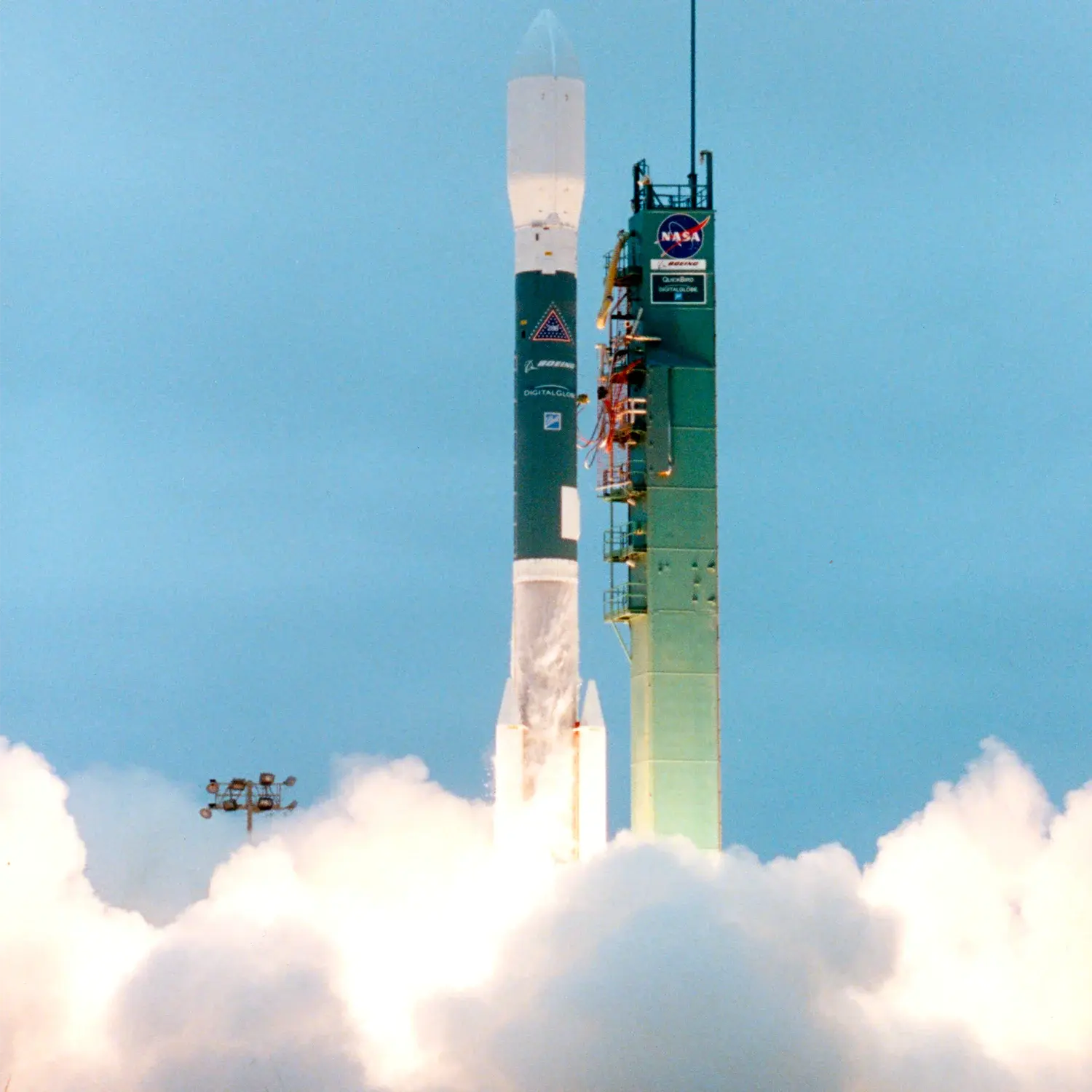/
WISE
Launch Success
Liftoff Time (GMT)
14:09:00
Monday December 14, 2009
Watch Replay
Official Livestream
Mission Details
Read Article
Wide-field Infrared Survey Explorer
Wide-field Infrared Survey Explorer (WISE, observatory code C51) is a NASA infrared-wavelength astronomical space telescope launched in December 2009, and placed in hibernation mode in February 2011. It was re-activated in 2013. WISE discovered thousands of minor planets and numerous star clusters. Its observations also supported the discovery of the first Y Dwarf and Earth trojan asteroid. WISE performed an all-sky astronomical survey with images in 3.4, 4.6, 12 and 22 μm wavelength range bands, over ten months using a 40 cm (16 in) diameter infrared telescope in Earth orbit. After its hydrogen coolant depleted, a four-month mission extension called NEOWISE was conducted to search for near-Earth objects such as comets and asteroids using its remaining capability. The All-Sky data including processed images, source catalogs and raw data, was released to the public on March 14, 2012, and is available at the Infrared Science Archive. In August 2013, NASA announced it would reactivate the WISE telescope for a new three-year mission to search for asteroids that could collide with Earth. Science operations and data processing for WISE and NEOWISE take place at the Infrared Processing and Analysis Center at the California Institute of Technology in Pasadena.
Low Earth Orbit
1 Payload
661 kilograms
Rocket


Agency
ULARocket
Height: 38.9m
Payload to Orbit
LEO: 2,703 kg
Liftoff Thrust
2,533 Kilonewtons
Fairing
Diameter: 3m
Height: 8.9m
Stages
2
Strap-ons
3
Launch Site
Stats
Delta II
147th
Mission
8th
Mission of 2009
United Launch Alliance
37th
Mission
16th
Mission of 2009
2009
74th
Orbital launch attempt